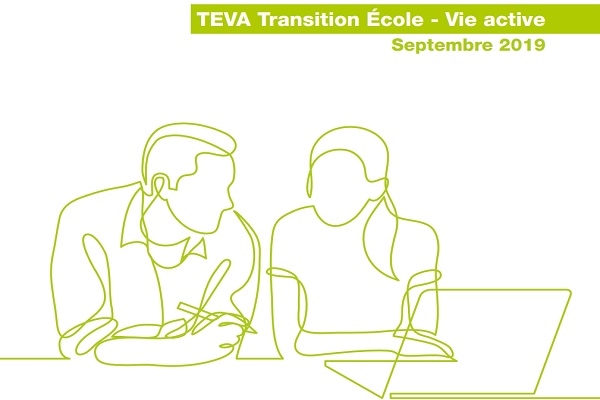 TEVA study;
Credit: INFPC
TEVA study;
Credit: INFPC
A recent study by the National Institute for the Development of Continued Professional Training (INFPC) has revealed that 83% of secondary school graduates in Luxembourg are employed within three years of leaving education.
As part of the study "TEVA: Transition École - Vie Active", carried out by the INFPC Training Observatory (Observatoire de la formation), a total of 1,257 young people who left school for the first time in the 2013/14 school year were followed during their first three years of entry into the workforce, until 2017.
The results found that 57% of secondary school graduates were employed right out of school, compared to 41% of non-graduates. On average, graduates had 28 months of employment in the 36 months after leaving school, compared to 22 months for non-graduates.
The study also found that 83% of graduates were employed three years after leaving school, compared to 68% of no-graduates. In addition, twice as many non-graduates had fixed-term contracts as graduates.
In the three years after leaving school, the proportion of male graduates in employment remained higher than that of female graduates. Three years later, 86% of male graduates were employed, compared to 79% of female graduates. Moreover, part-time work was less prevalent among male graduates than among their female counterparts (6% vs. 19% three years after leaving school). On the other hand, salaries did not differ significantly between genders.
In addition, the study revealed that young people who possess a certificate or diploma of general secondary education who move from the world of education and vocational training to the world of work are more successful in their professional integration than those without such a certificate. For instance, 68% of DAP/CATP certificate holders got their first job directly after leaving school, compared to 55% of CCP/CCM holders and 33% of qualified technicians (DT). Similarly, more than half of first time jobs for DAP/CATP and CCP/CCM holders were permanent contracts, compared with just over one third of those held by qualified technicians.
Three years after leaving school, 86% of DAP/CATP holders were in employment, compared to 79% and 73% of TD and CCP/CCM holders respectively.
The TEVA interactive barometer reports on access to employment by occupation and profession according to seventeen indicators (www.teva-barometre.lu). It is based on the analysis of 5,892 first-time graduates from initial vocational training over six generations, between the school years 2008/09 and 2013/14.








